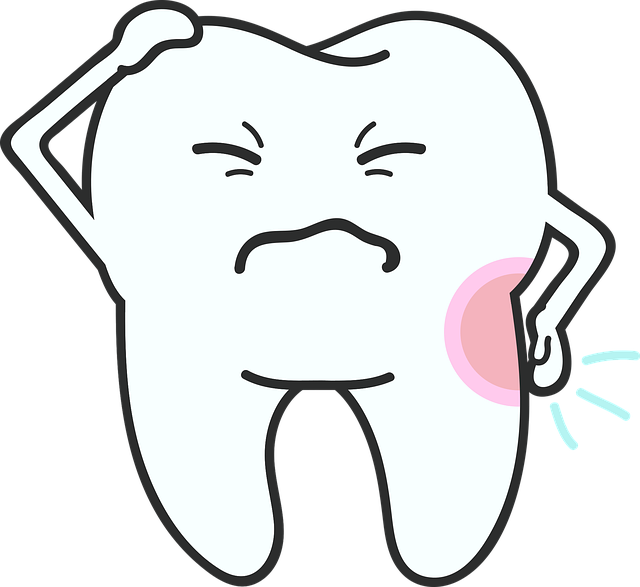Regenerative medicine is revolutionizing pain management by harnessing the body's natural healing processes through advanced therapies like stem cell and platelet-rich plasma (PRP) treatments. Stem cells play a crucial role in repairing damaged tissues due to their ability to transform into different types of cells, while PRP therapy uses a patient's own concentrated platelets to release growth factors that attract stem cells to injury sites, promoting healing. These autologous therapies carry a lower risk of adverse reactions and offer personalized pain relief solutions, providing minimally invasive alternatives to traditional surgery and significantly enhancing patient outcomes and quality of life. The integration of these regenerative techniques into expert recovery programs marks a significant advancement in pain management, offering hope to patients who have not responded well to earlier treatments, and making high-quality care more accessible across diverse socioeconomic backgrounds.
Exploring the frontiers of modern medicine, this article delves into the transformative potential of expert recovery programs specialized in harnessing regenerative techniques for pain management. These innovative approaches offer a beacon of hope for those grappling with chronic pain. From the intricacies of stem cell therapy to the application of platelet-rich plasma, we will navigate the science that underpins these treatments, providing an overview of how they work and their promise in alleviating suffering. Join us as we explore tailored therapeutic strategies that pave the way for personalized pain relief, share inspiring success stories, and project the future trajectory of these recovery programs in revolutionizing the landscape of chronic pain management.
- Unraveling Chronic Pain through Regenerative Recovery Programs: An Overview
- The Science of Regeneration: Understanding Stem Cells and Platelet-Rich Plasma in Pain Management
- Tailored Therapeutic Approaches: Customizing Regenerative Treatments for Optimal Pain Relief
- Success Stories: Real-Life Examples of Regenerative Techniques Overcoming Chronic Pain
- Navigating the Future of Pain Management: The Evolution and Accessibility of Expert Recovery Programs
Unraveling Chronic Pain through Regenerative Recovery Programs: An Overview

Chronic pain presents a significant challenge for individuals seeking sustainable relief. Traditional pain management methods often offer temporary respite, whereas regenerative recovery programs are pioneering innovative solutions that aim to heal the underlying causes of persistent discomfort. These programs harness the body’s innate capacity to repair and regenerate itself, leveraging advanced techniques such as platelet-rich plasma (PRP) injections, stem cell therapy, and other cutting-edge procedures. By addressing the root of the issue, these treatments not only alleviate pain but also promote long-term recovery and improved function.
The integration of regenerative medicine into chronic pain management represents a paradigm shift in how such conditions are treated. Unlike conventional approaches that mask symptoms, regenerative techniques target the pathophysiological processes responsible for persistent pain. Patients undergoing these programs often report not just a reduction in pain but also enhanced mobility and quality of life, as their bodies respond to targeted interventions designed to stimulate healing at a cellular level. The holistic nature of such treatments ensures that patients receive comprehensive care tailored to their specific needs, paving the way for sustained well-being.
The Science of Regeneration: Understanding Stem Cells and Platelet-Rich Plasma in Pain Management

Regenerative medicine has emerged as a transformative field within pain management, leveraging the body’s innate capacity for healing through advanced techniques. At the core of this discipline are stem cells and platelet-rich plasma (PRP), which offer promise for those suffering from chronic pain. Stem cells possess the unique ability to differentiate into various cell types, potentially replacing or repairing damaged tissues. This regenerative potential is harnessed in medical treatments aimed at alleviating pain by restoring function and structure to injured areas of the body.
Concurrently, platelet-rich plasma therapy involves concentrating a patient’s own platelets, rich in growth factors, and reintroducing them into specific sites of injury or degeneration. The growth factors within PRP stimulate healing by attracting stem cells to the area, promoting tissue regeneration and pain relief. This autologous approach minimizes the risk of adverse reactions, making it a highly personalized treatment within the realm of pain management. By integrating stem cell and PRP technologies, medical professionals can offer patients effective, minimally invasive alternatives to traditional surgical interventions, leading to improved outcomes and quality of life.
Tailored Therapeutic Approaches: Customizing Regenerative Treatments for Optimal Pain Relief

Success Stories: Real-Life Examples of Regenerative Techniques Overcoming Chronic Pain

Navigating the Future of Pain Management: The Evolution and Accessibility of Expert Recovery Programs

As the field of pain management continues to advance, expert recovery programs are increasingly incorporating regenerative techniques to offer innovative solutions for those suffering from chronic pain. These programs, which often combine traditional medical approaches with cutting-edge therapies such as platelet-rich plasma injections and stem cell therapy, aim to not only alleviate symptoms but also address the root causes of pain. The integration of these regenerative methods is paving the way for more effective and long-lasting pain relief, moving beyond the limitations of conventional treatments.
The evolution of expert recovery programs reflects a broader shift towards personalized and holistic care in pain management. By leveraging the latest technologies and research findings, these programs are becoming more accessible to a wider range of patients, including those who have not found relief through previous interventions. The accessibility of these programs is paramount, as it ensures that individuals from diverse socioeconomic backgrounds can benefit from the tailored approaches designed to optimize their recovery journey and enhance their quality of life. With ongoing developments in the field, the future of pain management looks increasingly promising, with expert recovery programs playing a central role in this transformative landscape.
In conclusion, the emergence of expert recovery programs utilizing regenerative techniques marks a pivotal shift in the landscape of pain management. These innovative approaches harness the potential of stem cells and platelet-rich plasma to offer sufferers of chronic pain a path toward relief that was previously unimaginable. The personalized nature of these therapies, as detailed throughout this article, ensures that each individual receives treatment tailored to their unique condition. As we look ahead, the trajectory of these programs suggests a future where chronic pain need not be an indefinite sentence but can instead be addressed and mitigated through science-driven solutions. The success stories highlighted here underscore the transformative impact such programs can have, offering hope to countless individuals who have long sought respite from their pain. As these recovery programs evolve and become more accessible, they promise to redefine our approach to pain management and enhance the overall quality of life for many.
